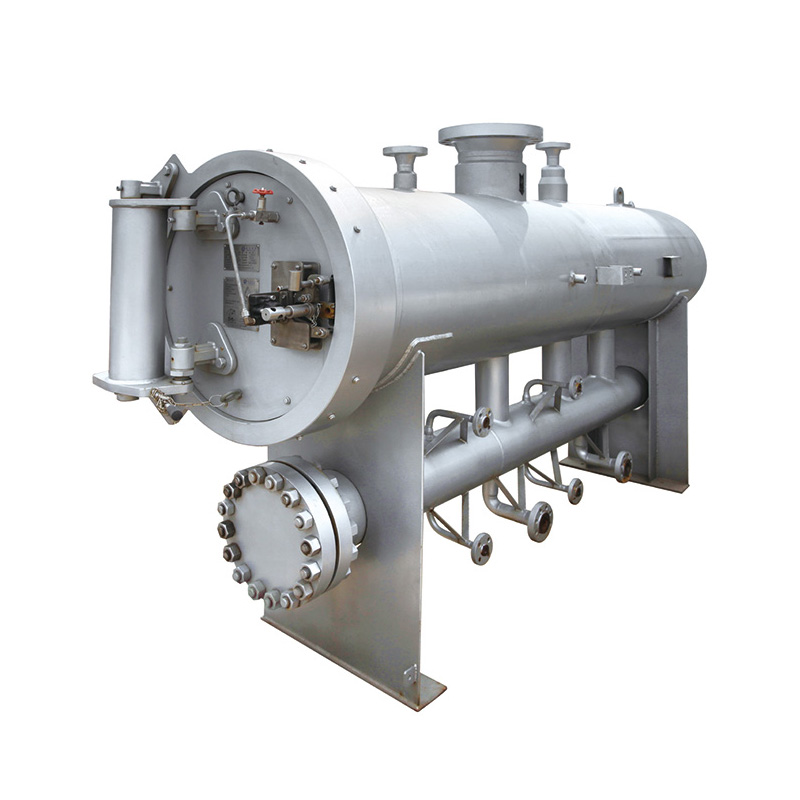
Oct . 02, 2024 01:05
Back to list
Pressure Regulation Device for Efficient Control and Management of Fluid Systems
Understanding Pressure Regulators An Essential Component in Fluid Systems
Pressure regulators are vital devices in various industries, playing a critical role in managing the pressure of gases and liquids in different applications. They ensure the safe and efficient operation of fluid systems, from residential heating to industrial processes. This article delves into the significance of pressure regulators, their working principles, types, and applications.
What is a Pressure Regulator?
A pressure regulator is a mechanical device designed to maintain a consistent output pressure despite variations in the input pressure or flow rate. It adjusts the pressure of a fluid to a predetermined level, making it crucial for systems where pressure needs to be controlled for safety and performance.
How Does a Pressure Regulator Work?
The basic operation of a pressure regulator involves sensing the output pressure and adjusting the flow of the inlet fluid accordingly. When the inlet pressure exceeds the desired set point, the regulator mechanism reduces the flow rate, thereby decreasing the output pressure. Conversely, if the output pressure drops below the set point, the regulator allows more fluid to flow through, increasing the pressure.
Most pressure regulators consist of several key components, including a diaphragm, a spring, and a valve. The diaphragm moves in response to changes in pressure, while the spring provides a counteracting force to regulate the position of the valve. This interaction helps maintain the desired pressure in the system.
Types of Pressure Regulators
There are various types of pressure regulators, each designed for specific applications
1. Single-Stage Regulators These are commonly used in low-pressure applications. They provide a simple and effective means of reducing high inlet pressure to a lower outlet pressure.
2. Two-Stage Regulators Best suited for applications involving high pressure, these regulators offer better pressure regulation by using two stages for pressure reduction. They help maintain a more consistent output pressure, regardless of the flow rate.
.
4. Automatic Regulators These advanced devices automatically adjust to varying load conditions and maintain pressure without manual intervention. They enhance system efficiency, especially in complex setups.
منظم الضغط

Applications of Pressure Regulators
Pressure regulators find applications across numerous industries. Some common uses include
1. Gas Supply Systems In residential and commercial heating, pressure regulators ensure that natural gas or propane is delivered at a safe and usable pressure for appliances.
2. Manufacturing and Industrial Processes Many manufacturing processes require precise pressure control for optimal operation. Regulators help maintain the necessary conditions for equipment to function correctly.
3. Automotive Industry Pressure regulators in fuel systems ensure that the fuel is delivered to the engine at the correct pressure for efficient combustion.
4. Medical Equipment In medical settings, pressure regulators are critical for controlling the flow of oxygen and anesthetic gases, ensuring patient safety and effective treatment.
Benefits of Using Pressure Regulators
1. Safety By controlling pressure levels, these devices help prevent dangerous overpressure situations that could lead to system failures or explosions.
2. Efficiency Pressure regulators help optimize the performance of fluid systems, ensuring that they operate within designated pressure ranges for better efficiency and reduced energy consumption.
3. Longevity of Equipment By preventing pressures from exceeding safe limits, regulators can increase the lifespan of connected equipment and reduce maintenance costs.
Conclusion
Pressure regulators are indispensable components in fluid systems, ensuring safe and efficient operation across various applications. Understanding how they work and their significance can help individuals and organizations make informed decisions regarding their use. Whether in residential, industrial, or medical settings, pressure regulators contribute substantially to the reliability and functionality of fluid systems, underscoring their importance in modern technology and industry.
Latest news
-
Safety Valve Spring-Loaded Design Overpressure ProtectionNewsJul.25,2025
-
Precision Voltage Regulator AC5 Accuracy Grade PerformanceNewsJul.25,2025
-
Natural Gas Pressure Regulating Skid Industrial Pipeline ApplicationsNewsJul.25,2025
-
Natural Gas Filter Stainless Steel Mesh Element DesignNewsJul.25,2025
-
Gas Pressure Regulator Valve Direct-Acting Spring-Loaded DesignNewsJul.25,2025
-
Decompression Equipment Multi-Stage Heat Exchange System DesignNewsJul.25,2025

